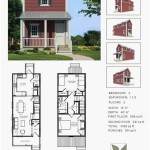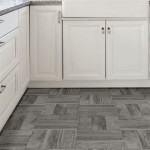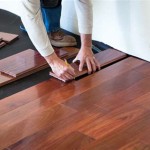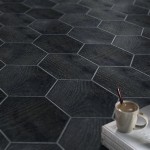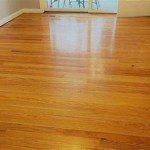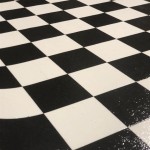Wood Cabinets And Wood Floor Combinations
When it comes to designing a cohesive and visually appealing interior, the combination of wood cabinets and wood floors plays a critical role in setting the tone and ambiance of a space. The interplay of these two elements can create a warm, inviting, and sophisticated atmosphere, or it can result in a disjointed and uninviting look if not carefully considered.
To achieve a harmonious balance between wood cabinets and wood floors, it is important to understand the different types of wood, their finishes, and how they interact with each other. Here is a comprehensive guide to help you make informed decisions and create a stunning interior design:
Matching Wood Species
Matching the wood species of your cabinets and floors is a classic approach that creates a seamless and cohesive look. This option is particularly effective in smaller spaces or open floor plans, where the flow between different areas is essential. By using the same wood species throughout, you can create a sense of continuity and visual harmony that makes the space feel more spacious and inviting.
When matching wood species, it is crucial to consider the undertones and grain patterns of the wood. The undertones of different wood species can vary from warm to cool, and the grain patterns can range from subtle to bold. Choosing woods with complementary undertones and grain patterns will ensure a cohesive and balanced look.
Contrasting Wood Species
Contrasting wood species can be a bold and striking design choice that adds visual interest and depth to a space. This approach works well in larger rooms or areas where you want to create distinct zones or focal points. By using contrasting wood species, you can highlight certain architectural features or draw attention to specific areas of the room.
When contrasting wood species, it is important to choose woods that have complementary colors and tones. For example, pairing a light-colored wood floor with dark-colored cabinets can create a dramatic and sophisticated look. Alternatively, using two woods with contrasting grain patterns can add visual texture and interest to the space.
Mixing Wood Finishes
Mixing wood finishes is a versatile approach that allows you to create a unique and customized look. Different wood finishes, such as stains, paints, and glazes, can alter the appearance of wood, making it possible to combine different species or create a more eclectic style.
When mixing wood finishes, it is important to consider the overall color scheme and style of the space. For a traditional or classic look, stick to natural wood stains or clear finishes that showcase the natural beauty of the wood. For a more modern or contemporary look, consider using painted finishes or glazes in bold colors or metallic accents.
Layering Wood Textures
Layering wood textures adds depth and visual interest to a space. This can be achieved by combining woods with different grain patterns, using textured finishes, or incorporating wood accessories such as moldings or decorative pieces.
When layering wood textures, it is important to create a balanced and harmonious look. Avoid using too many different textures or finishes, as this can create a cluttered and overwhelming effect. Instead, focus on using a few key textures and finishes that complement each other and enhance the overall design.

How To Match Kitchen Floors And Cabinets Twenty Oak

Coordinating Wood Floor With Cabinets In The Kitchen Hardwood Bargains Blog Www Hardwoodbargains Com How Match Floors

Which Flooring Color Goes Best With My Cabinets Flooret

Should Your Kitchen Cabinets Match Flooring

How To Match Kitchen Floors And Cabinets Twenty Oak

3 Kitchen Cabinet Ideas That Go With Oak Flooring

5 Most Popular Kitchen Cabinet Designs Color Style Combinations Otm

Top Kitchen Cabinet And Wood Floor Color Combinations Reallycheapfloors America S Cheapest Hardwood Flooring

Best Light Wood Kitchen Cabinets Smart Remodeling Llc

Modern Farmhouse Chic Distressed Wood Floors In Kitchens

